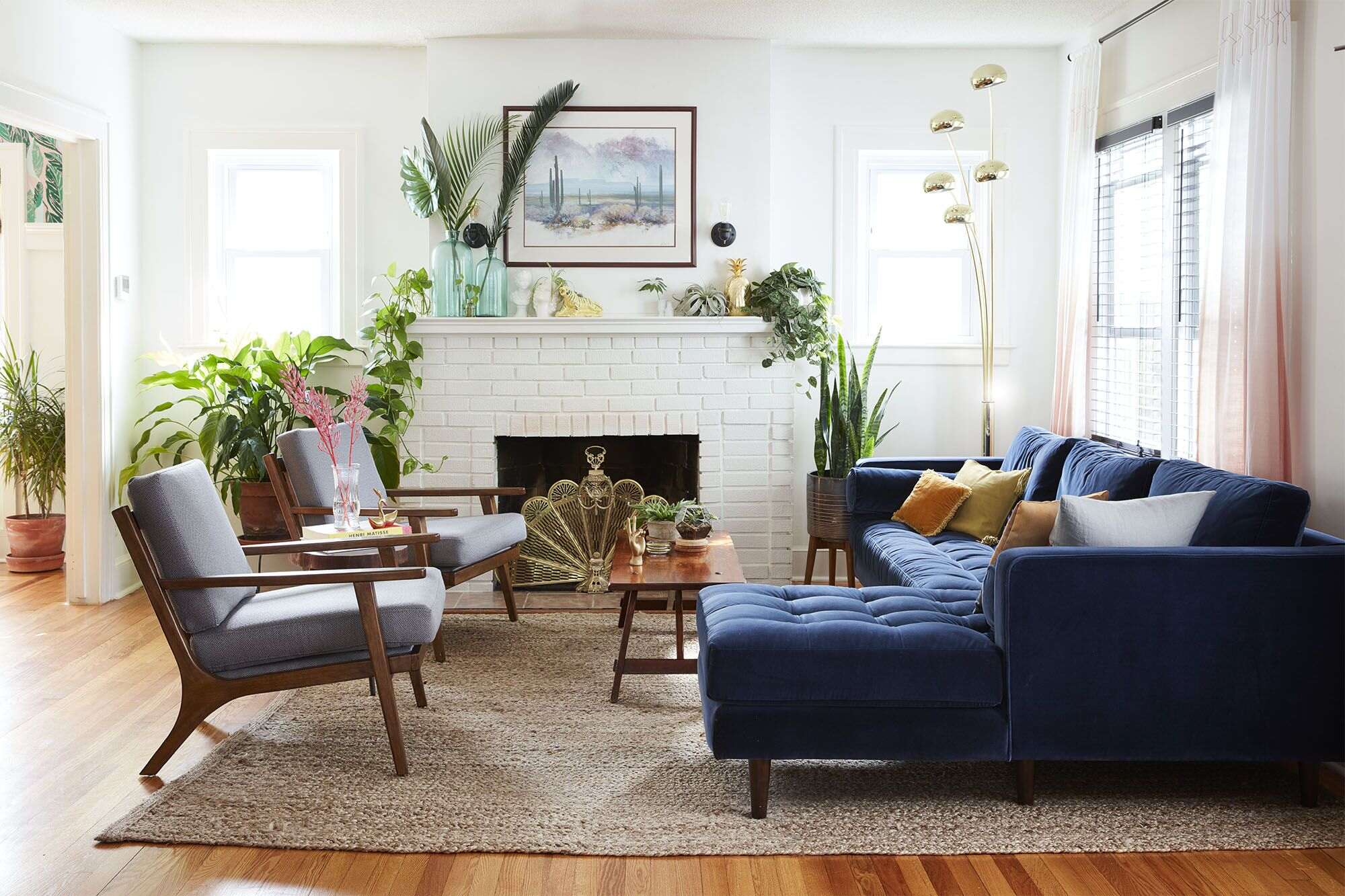

Articles
How To Feng Shui Your Living Room
Modified: March 25, 2024
Discover the best articles on how to feng shui your living room and create a balanced and harmonious space for relaxation and positive energy.
(Many of the links in this article redirect to a specific reviewed product. Your purchase of these products through affiliate links helps to generate commission for Storables.com, at no extra cost. Learn more)
Introduction
Welcome to the world of Feng Shui, where the art of arranging living spaces harmoniously can bring balance, positive energy, and harmony into your life. One area of the home that greatly influences our well-being is the living room. As the central hub of our homes, the living room is where we gather, relax, and connect with loved ones. By applying Feng Shui principles to this space, we can create a haven of tranquility and serenity.
Feng Shui literally translates to “wind-water” in Chinese, symbolizing the flow of energy and its effect on our surroundings. It is based on the belief that our environment directly impacts our physical and mental well-being. By optimizing the flow of energy, known as chi, in our living spaces, we can invite positivity, abundance, and balance into our lives.
The living room is a vital space in our homes, as it represents the energy of family, gathering, and social interactions. It is crucial to create a harmonious and balanced environment in this area to promote relaxation, connection, and positive energy flow. In this article, we will explore various Feng Shui principles and practices that can help you create a calming and energetically balanced living room.
From decluttering and organizing to choosing the right colors and furniture placement, we will delve into the key steps to feng shui your living room. We will also explore the importance of natural light, air flow, and incorporating elements of nature to enhance the overall energy and ambiance of the space. By following these guidelines, you can transform your living room into a sanctuary that promotes peace, harmony, and well-being.
Key Takeaways:
- Transform your living room into a sanctuary of tranquility and well-being by incorporating Feng Shui principles. Create a harmonious space that nurtures positive energy, balance, and relaxation.
- From decluttering and balancing elements to enhancing natural light and air flow, each aspect of Feng Shui contributes to a holistic approach in creating an energetically balanced living room.
Understanding Feng Shui
To effectively implement Feng Shui principles in your living room, it is essential to have a basic understanding of this ancient practice. Feng Shui is a system of spatial arrangement that aims to balance the energy or chi in a given space. It originated in ancient China and has been practiced for thousands of years.
The main principle behind Feng Shui is that everything in the universe is connected through energy. This energy, known as chi, flows through our surroundings and directly affects our well-being. By manipulating the energy flow in our living spaces, we can improve various aspects of our lives, including health, relationships, and prosperity.
There are several fundamental concepts in Feng Shui that guide the arrangement of a living space. One of these concepts is the Bagua, which is an energy map used to identify the different areas of a room or home. The Bagua is divided into eight sections, each representing a different aspect of our lives such as wealth, health, relationships, and career. By aligning the furniture and objects in your living room according to the Bagua, you can enhance the corresponding areas of your life.
Another important concept in Feng Shui is the balance of Yin and Yang energy. Yin represents feminine, passive, and quiet energy, while Yang represents masculine, active, and vibrant energy. Achieving a harmonious balance between these two energies is crucial for a balanced living room. Too much Yin energy can lead to a space feeling stagnant, while too much Yang energy can create an overly stimulating environment.
Feng Shui also emphasizes the five elements: Wood, Fire, Earth, Metal, and Water. Each element represents different qualities and energies. For example, Wood represents growth and vitality, Fire represents passion and enthusiasm, Earth represents stability and grounding, Metal represents precision and clarity, and Water represents abundance and flow. By incorporating these elements strategically into your living room, you can promote a harmonious energy balance.
Understanding the foundational principles of Feng Shui is important as it lays the groundwork for creating a balanced, harmonious living room. By applying these principles, you can maximize the flow of positive energy in your space and create an environment that supports your well-being and aspirations.
Importance of Feng Shui in the Living Room
The living room holds significant importance in Feng Shui as it is the main gathering space for family, friends, and guests. It is where connections are formed, conversations flow, and relaxation occurs. By implementing Feng Shui principles in the living room, you can create an inviting and harmonious environment that promotes positive energy and enhances the well-being of everyone who enters.
One of the key aspects of Feng Shui in the living room is the ability to create a space that supports healthy relationships and communication. By arranging the furniture in a way that allows for easy conversation and connection, you can foster a warm and inviting atmosphere. Placing chairs and sofas in a circular or semi-circular arrangement encourages openness and inclusivity, while avoiding sharp corners or obstacles that may disrupt the flow of energy.
Another important consideration in Feng Shui is the flow of energy, or chi, in the living room. The placement of furniture and objects should allow for easy movement and circulation of energy. Avoid blocking pathways or creating cluttered areas that impede the flow of chi. A clear and open space promotes a sense of calm and relaxation, making it easier for positive energy to flow freely throughout the room.
The living room is also a space where we unwind and recharge. Incorporating elements that promote relaxation and serenity is essential in Feng Shui. Soft lighting, comfortable seating, and soothing colors can create a peaceful and harmonious atmosphere. Introducing elements of nature, such as plants or natural materials, can also contribute to a sense of tranquility and connection with the earth’s energy.
Additionally, Feng Shui recognizes the importance of balancing the five elements in the living room. Each element represents different qualities and energies, and their presence in the space can influence the overall energy flow. For example, by incorporating the Wood element through the use of plants or wooden furniture, you can promote growth and vitality. By balancing the elements, you create an environment that harmonizes with nature and supports the well-being of those in the space.
Overall, the living room is a crucial area in Feng Shui as it sets the tone for the energy flow and ambiance of the entire home. By applying Feng Shui principles in this space, you can create a harmonious, balanced, and inviting environment that nurtures relationships, promotes relaxation, and enhances positive energy flow. A well-designed living room can truly transform the energy of your home and positively impact the well-being of everyone who enters.
Clearing Clutter and Organizing
One of the fundamental principles of Feng Shui is the importance of decluttering and creating a clean, organized living space. Clutter not only affects the physical appearance of the room but can also disrupt the flow of energy, causing stagnation and blocking positive chi. By clearing clutter and organizing your living room, you can create a space that promotes calmness, clarity, and positive energy.
Start by decluttering all surfaces, including tabletops, shelves, and floors. Remove any items that are not essential or do not bring you joy. Clutter tends to accumulate energy and can create a sense of chaos and overwhelm. Clearing these unnecessary items allows energy to flow freely throughout the space and promotes a sense of calmness.
Once you have cleared the clutter, it is important to find designated spaces for every item in your living room. Assign specific storage areas for books, magazines, remote controls, and other frequently used items. Utilize shelves, baskets, and storage units to keep things organized and easily accessible.
Seek to create balance and harmony in the placement of objects and furniture. Avoid overcrowding the room with too much furniture, as it can hinder the flow of energy. Allow for ample space to move freely and create a sense of openness and tranquility.
Another aspect of organizing is to address any tangled or messy wires and cables. Excessive wires not only create visual clutter but can also disrupt the flow of energy. Use cable management solutions or wire sleeves to keep them neatly organized and out of sight.
Incorporate storage solutions that promote functionality and aesthetics. Choose furniture pieces with built-in storage, such as coffee tables with hidden compartments or ottomans with storage space. This allows you to keep items out of sight while maximizing the use of space.
By clearing clutter and organizing your living room, you create a harmonious environment that supports optimal energy flow and promotes a sense of tranquility and well-being. Remember, a clean and organized space not only enhances the aesthetics of the room but also contributes to your overall physical and mental well-being.
Balancing Elements in the Living Room
In Feng Shui, it is essential to achieve a balance of the five elements – Wood, Fire, Earth, Metal, and Water, in your living room. Each element represents different qualities and energies that contribute to the overall harmony and flow of chi in the space. By incorporating these elements thoughtfully, you can create a balanced and energetically supportive environment.
Wood represents growth, vitality, and new beginnings. To bring the Wood element into your living room, consider introducing wooden furniture, such as a coffee table or bookshelf. Additionally, incorporating plants or fresh flowers can also enhance the Wood energy and bring a sense of vibrancy and renewal to the space.
The Fire element represents passion, energy, and transformation. You can incorporate the Fire element in your living room through the use of colors such as red, orange, and vibrant shades of yellow. Decorative candles, a fireplace, or artwork with fiery motifs can also add the Fire energy and create a warm and inviting atmosphere.
The Earth element provides stability, grounding, and nourishment. To incorporate the Earth element, opt for earthy tones, such as beige, brown, or sandy colors, in your living room decor. Use natural materials like ceramics, earthenware, or stone for accessories or decorative elements. Adding a rug or cushions in earthy textures can also contribute to the Earth energy.
Metal represents precision, clarity, and efficiency. To bring in the Metal element, incorporate metallic finishes or decorative objects made of metal, such as brass, silver, or copper. Mirrors with metal frames can also reflect light and energy, enhancing the Metal energy in the room. Additionally, incorporating white or gray colors can further amplify the Metal energy.
The Water element represents abundance, flow, and tranquility. To invite the Water element into your living room, incorporate shades of blue or black in your decor. You can achieve this through paintings, decorative accents, or even a small tabletop fountain. Reflective surfaces, such as glass or mirrors, can also symbolize the Water element and contribute to its energy.
It is important to note that achieving a balance between the elements does not mean having an equal representation of each. The balance should be based on your personal preferences and the specific needs of your living room. Observing the flow and energy of the space will guide you in determining the appropriate amount of each element to incorporate.
By consciously balancing the elements in your living room, you create an environment that harmonizes with the natural energies of the universe. This balanced energy flow can enhance the overall well-being, vitality, and positive chi in your living space.
Choosing the Right Colors
The colors you choose for your living room play a crucial role in creating a harmonious and energetically balanced space. Colors have the power to evoke specific emotions and can greatly influence the overall energy and ambiance of the room. When selecting colors for your living room in accordance with Feng Shui principles, consider the following guidelines:
1. Neutrals and Earthy Tones: Neutrals such as beige, cream, and taupe are versatile and create a sense of calmness and grounding. Earthy tones like terracotta, brown, and sandy hues connect us to the natural elements, promoting stability and nourishment. These colors are ideal for creating a balanced foundation in your living room.
2. Soothing Blues and Greens: Blue is associated with tranquility, calmness, and relaxation. Light shades of blue can create a serene atmosphere, whereas darker blues can evoke a sense of depth and introspection. Green is also a calming color that represents growth, renewal, and harmony. Incorporating shades of green and blue in your living room can promote a soothing and refreshing energy.
3. Energetic Reds: Red is a powerful color that symbolizes passion, vitality, and strength. It can stimulate energy and create a vibrant atmosphere. However, be cautious with using too much red, as it can also evoke intense emotions. Use red as an accent color in moderation to infuse the space with energy and warmth.
4. Joyful Yellows: Yellow is associated with happiness, warmth, and optimism. It can create a cheerful and uplifting atmosphere in your living room. Pale shades of yellow can add a touch of brightness, while deeper yellows can create a cozy and inviting space. Use yellow as an accent color or in conjunction with neutral tones to maintain a balanced energy.
5. Calming Whites and Grays: White and gray are timeless and versatile colors that can create a sense of purity, clarity, and spaciousness. These colors work well to balance the energies in your living room. White can provide a fresh and clean backdrop, while shades of gray can add depth and sophistication. Use these hues as a base and complement them with pops of color to create a dynamic space.
Ultimately, the right color palette for your living room depends on your personal preferences, the size of the space, and the overall energy you want to cultivate. Remember to consider the Bagua map and the elements associated with each area when selecting colors, as they can further enhance the desired energy in specific areas of the room.
Introducing the appropriate colors in your living room can transform the space into a sanctuary that supports relaxation, connection, and positive energy flow. By harmonizing the colors, you can create an inviting and emotionally uplifting environment that aligns with your intentions and promotes overall well-being.
Furniture Placement and Arrangement
The way you arrange and position furniture in your living room plays a crucial role in promoting positive energy flow and creating a harmonious space. Proper furniture placement allows for ease of movement, encourages interaction, and enhances the overall energy in the room. Consider the following tips when arranging your furniture according to Feng Shui principles:
1. Balance and Symmetry: Achieving a sense of balance is key in Feng Shui. Arrange your furniture in a way that creates a visually balanced space. For example, if you have a large sofa on one side of the room, balance it with an armchair or a side table on the other side. Symmetry creates a feeling of stability and harmony in the room.
2. Clear Pathways: Ensure there are clear pathways throughout the room, allowing energy to flow freely. Avoid blocking doorways or creating obstacles that impede movement. Consider the natural flow of the room and arrange the furniture accordingly, making sure there is ample space to navigate around each piece.
3. Use the Bagua Map: Refer to the Bagua map, which divides the room into different areas that correspond to different aspects of life. Arrange the furniture in each area based on its associated element and energy. For example, the Wealth area can benefit from the placement of a desk or a bookshelf, while the Relationship area can be enhanced with seating arrangements that encourage conversation.
4. Create Conversation Areas: Arrange seating in a way that promotes easy conversation and connection. Position chairs and sofas facing each other or in a circular arrangement to encourage interaction. This arrangement fosters a sense of openness and inclusivity, allowing for meaningful conversations and positive energy exchange.
5. Avoid Sharp Corners: Soften the energy in the room by avoiding sharp corners or edges. Choose furniture with rounded edges or use corner protectors to ensure a gentle flow of chi. Sharp corners can create harsh energy and disrupt the overall harmony of the space.
6. Consider the Command Position: When placing the main seating area, such as the sofa or armchairs, consider the command position. This means positioning the furniture so that it has a clear view of the entrance to the room, without being directly in line with the door. This placement promotes a sense of security and allows you to easily see who enters the space.
7. Furniture Scale and Proportions: Consider the scale and proportions of the furniture in relation to the size of the room. Oversized furniture can overpower a small space and create an imbalance in energy. Conversely, undersized furniture can make a large room feel empty and lacking in energy. Choose furniture that fits well within the room and maintains a sense of proportion.
By thoughtfully arranging your furniture according to Feng Shui principles, you can create a living room that promotes positive energy flow, encourages social connection, and fosters a sense of harmony and balance. A well-planned furniture arrangement can enhance the overall energy of the space and contribute to a more enjoyable and balanced living environment.
Place your sofa against a solid wall to provide a sense of security and support. Avoid placing it in the middle of the room, as it can create a feeling of instability.
Enhancing Natural Light and Air Flow
Natural light and good air flow are essential components of a harmonious and balanced living room. They not only contribute to the overall aesthetics of the space but also have a significant impact on the energy and well-being of those who inhabit it. Here are some tips on enhancing natural light and air flow in your living room according to Feng Shui principles:
1. Maximize Natural Light: Natural light is a powerful source of positive energy. Take advantage of as much natural light as possible by keeping windows clear and unobstructed. Avoid heavy curtains or blinds that block the light from entering the room. Instead, opt for sheer or lightweight curtains that allow light to filter through while providing privacy.
2. Use Mirrors Strategically: Mirrors are a fantastic Feng Shui tool for enhancing natural light. Place mirrors opposite windows to reflect and amplify the incoming light, making the room appear more spacious and bright. Ensure that mirrors reflect beautiful views or elements of nature to further enhance the positive energy in the space.
3. Keep Windows Clean: Regularly clean your windows to remove dirt, dust, and grime that can obstruct the flow of light. Clean windows allow maximum natural light to enter the room, creating a vibrant and energetically uplifting environment.
4. Good Air Circulation: Proper air circulation is crucial for maintaining a fresh and invigorating living room. Open windows whenever possible to allow fresh air to flow into the space. Consider using natural air purifiers, such as indoor plants, to improve air quality and promote a healthier atmosphere. Avoid cluttering windowsills or air vents, as it can impede air flow.
5. Ceiling Fan Direction: If you have a ceiling fan in your living room, ensure it rotates in a clockwise direction during the summer months to create a gentle and cooling breeze. This not only improves air flow but also helps cool the room and maintain a comfortable temperature.
6. Indoor Plants: Indoor plants not only enhance the aesthetics of your living room but also contribute to improved air quality. Plants release oxygen, absorb carbon dioxide, and filter toxins from the air, promoting a healthier and more vibrant atmosphere. Choose plants that thrive indoors and are known for their air-purifying properties, such as snake plants, peace lilies, or spider plants.
7. Avoid Cluttered Windowsills: Cluttered windowsills obstruct natural light and can disrupt the flow of positive energy in the living room. Keep windowsills clear and organized by removing unnecessary items and maintaining a clean and inviting space.
By enhancing natural light and air flow in your living room, you create a refreshing, uplifting, and energetically balanced environment. The increased natural light and improved air quality can promote a sense of vitality, clarity, and overall well-being for everyone who spends time in the space.
Incorporating Plants and Natural Elements
Incorporating plants and natural elements in your living room is a wonderful way to connect with nature, enhance the energy of the space, and create a sense of harmony and tranquility. Plants and natural elements not only add beauty and visual interest to the room but also contribute to improved air quality and overall well-being. Here are some tips on how to incorporate plants and natural elements into your living room according to Feng Shui principles:
1. Indoor Plants: Indoor plants bring life, freshness, and vibrant energy into the living room. Choose plants that thrive in indoor conditions and suit the lighting and temperature of your space. Consider plants with rounded or soft leaves, as they are believed to be more inviting and calming. Place plants strategically in areas that require balance or where energy needs to be amplified, such as the Wealth or Health areas according to the Bagua map.
2. Vertical Gardens: If space allows, consider creating a vertical garden in your living room. Vertical gardens not only add a stunning visual element but also help maximize greenery in a smaller space. You can create a vertical garden using wall-mounted planters or hanging baskets, allowing you to enjoy the benefits of plants even in a limited area.
3. Natural Materials: Incorporate natural materials into the decor of your living room to create a sense of grounding and warmth. Choose furniture made from wood, bamboo, or rattan to bring in the organic and earthy energy. Use natural materials for flooring, such as hardwood or natural stone tiles, to create a seamless connection with the natural world.
4. Water Features: Water features, such as tabletop fountains or small indoor ponds, can bring a calming and soothing energy to your living room. The sound of water flowing helps to relax the mind and rejuvenate the senses. Place water features in areas associated with abundance or relaxation, such as the Wealth or Meditation areas according to the Bagua map.
5. Natural Light: Maximize the presence of natural light in your living room, as it is a vital energy source. Remove heavy curtains or blinds that obstruct light and replace them with sheer or lightweight options that allow sunlight to filter in. Position furniture and decor in a way that does not block the flow of natural light and creates a bright and inviting atmosphere.
6. Nature-Inspired Colors: Choose colors inspired by nature for your living room decor. Earthy tones such as greens, browns, and blues can create a sense of grounding and tranquility. Soft, muted shades reminiscent of flowers or natural landscapes can infuse the space with a calming and serene energy. Select colors that evoke a sense of harmony and align with your personal preferences.
By incorporating plants and natural elements, you infuse your living room with the beauty and energy of nature. The presence of greenery and natural materials creates a sense of balance, serenity, and connectedness with the natural world. Embrace the healing and calming power of nature by incorporating plants and natural elements into your living room design.
Using Mirrors and Reflective Surfaces
Mirrors and reflective surfaces are powerful tools in Feng Shui that can enhance the energy flow and create a sense of spaciousness and abundance in your living room. They have the ability to reflect light, expand the visual space, and amplify the positive energy in the room. Here are some tips on how to effectively use mirrors and reflective surfaces in your living room according to Feng Shui principles:
1. Amplify Natural Light: Position mirrors strategically to reflect natural light into darker areas of the room. Place mirrors opposite windows or sources of natural light to bounce the light around and create a brighter and more inviting space. The reflected light not only enhances the energy flow but also makes the room feel more spacious and vibrant.
2. Create the Illusion of Space: Mirrors have the remarkable ability to give the perception of a larger space. By placing a mirror on a wall or at the end of a hallway, you can visually expand the room and make it feel more open and spacious. This is particularly effective in small living rooms or areas with limited natural light.
3. Reflect Beautiful Views: If your living room has a particularly pleasing view, position a mirror to reflect that view into the room. This creates a connection between the indoor and outdoor spaces and enhances the positive energy flow. It also brings a sense of nature and beauty into the room, promoting a harmonious atmosphere.
4. Double the Abundance: Mirrors symbolize the water element in Feng Shui. Placing mirrors in areas associated with abundance, such as the Wealth area according to the Bagua map, can amplify the energy of abundance and attract prosperity. Use mirrors in spaces where you wish to enhance the flow of wealth and abundance in your life.
5. Avoid Reflecting Negative Energy: Be mindful of what the mirror reflects. Avoid placing mirrors that reflect clutter, sharp corners, or negative elements such as a bathroom or a stairwell. Instead, position mirrors to reflect beautiful and positive objects or areas in the room.
6. Reflective Surfaces: In addition to mirrors, incorporate other reflective surfaces such as glass or metallic finishes in your living room. Furniture with glass tabletops or metallic accents can further enhance the energy flow and create an elegant and modern aesthetic. Reflective surfaces add a touch of glamour and can help distribute light evenly throughout the space.
7. Keep Mirrors Clean and Smudge-Free: To maximize the beneficial effects of mirrors, keep them clean and free from smudges or dust. Regularly clean your mirrors to ensure they reflect light and energy clearly. This helps maintain the clarity and vibrancy of the energy in your living room.
By incorporating mirrors and reflective surfaces into your living room design, you can amplify the positive energy, create a sense of spaciousness, and enhance the overall aesthetics of the space. The reflective nature of mirrors brings the energy of light and abundance into your living room, promoting a harmonious and uplifting environment.
Decluttering Electronics and Wires
In today’s digital age, electronic devices and wires have become an integral part of our living rooms. However, the presence of excessive electronic clutter can disrupt the energy flow and create a visually chaotic space. By organizing and decluttering electronics and wires in your living room, you can create a more harmonious and balanced environment. Here are some tips to help you declutter and manage electronics and wires according to Feng Shui principles:
1. Reduce Excessive Electronics: Take a look at the electronics in your living room and determine which ones are essential and bring you joy. Remove any unnecessary or outdated devices that no longer serve a purpose. By reducing the number of electronics, you create a more streamlined and peaceful atmosphere.
2. Conceal Wires: Wires and cords can create visual clutter and disrupt the flow of energy in the room. Use cable management solutions, such as cable clips, cable ties, or cable sleeves, to keep wires organized and out of sight. Concealing wires not only creates a cleaner look but also allows energy to flow more freely throughout the space.
3. Arrange Electronics Strategically: Position electronics in a way that minimizes their visual impact and integrates them harmoniously into the room. Consider using entertainment centers or media consoles with built-in storage compartments to hide electronic devices when not in use. This allows you to maintain a clean and clutter-free aesthetic.
4. Organize Remote Controls: Remote controls can easily accumulate and contribute to clutter. Use a designated organizer or storage box to keep remote controls organized and easily accessible. This prevents them from getting lost or scattered around the room and creates a sense of order.
5. Minimize Digital Displays: Excessive digital displays, such as clocks, screensavers, or digital photo frames, can create visual noise and disrupt the energy flow in the room. Consider reducing the number of digital displays or opting for ones with minimalistic designs to maintain a more serene and balanced space.
6. Consider Wireless Options: Where possible, opt for wireless devices to minimize the amount of visible wires and cords. Wireless speakers, charging pads, and other wireless accessories not only reduce clutter but also give you more flexibility in furniture placement and overall design.
7. Regularly Clean and Refresh: Keep electronic devices clean and dust-free to maintain their optimal function and visual appeal. Dust and dirt can block the energy flow and create stagnant energy in the room. Regularly clean devices, screens, and surfaces to promote a clear and vibrant energy.
By decluttering and organizing electronics and wires in your living room, you create a more harmonious and visually pleasing space. A clutter-free environment allows for better energy flow and promotes a sense of peace and relaxation. Implementing these Feng Shui principles for decluttering electronics and wires will help you create a living room that supports your well-being and aligns with a balanced energy flow.
Creating a Relaxing Ambiance
A relaxing ambiance in your living room is essential for promoting peace, tranquility, and overall well-being. It is a space where you can unwind, recharge, and find solace from the outside world. By incorporating elements and practices that foster a calming atmosphere, you can create a living room that truly supports relaxation. Here are some tips on creating a relaxing ambiance in your living room according to Feng Shui principles:
1. Soft Lighting: Opt for soft, diffused lighting in your living room to create a warm and cozy atmosphere. Avoid harsh, bright lights that can be overstimulating. Use dimmer switches or adjustable lamps to control the intensity of the lighting, allowing you to create a soothing ambiance according to your needs.
2. Natural Materials: Choose furniture and decor made from natural materials to create a grounded and relaxing environment. Incorporate elements such as wood, bamboo, or rattan to bring a sense of nature indoors. Use soft and tactile textiles, such as cotton or linen, for curtains, pillows, and throws to enhance comfort and coziness.
3. Calming Colors: Select colors that evoke a sense of calmness and relaxation for your living room. Soft neutrals, cool blues, gentle greens, and soothing pastels can create a serene and peaceful atmosphere. Choose shades that resonate with you personally and contribute to a sense of tranquility and well-being.
4. Comfortable Seating: Invest in comfortable and inviting seating options, such as plush sofas and armchairs, that encourage relaxation. Arrange the furniture in a way that promotes comfortable conversation and connection. Adding cushions and blankets in soft textures and natural colors can create an extra layer of coziness.
5. Aromatherapy: Use essential oils or scented candles to infuse the air with calming scents. Lavender, chamomile, and citrus fragrances are known for their relaxing properties. Place the candles or diffusers strategically in the living room to create a soothing and aromatic ambiance. Ensure proper ventilation to maintain air quality.
6. Sound Therapy: Utilize soft, gentle music or soundscape to create a relaxing atmosphere. Ambient nature sounds, classical music, or soothing instrumental melodies can help induce a sense of calmness and serenity. Play the music at a low volume to avoid overwhelming the space with sound.
7. Clear Clutter: A clutter-free living room promotes relaxation and a sense of order. Clear away unnecessary items, keeping surfaces clean and organized. Avoid overcrowding the space with excessive furniture or decor. Minimalism and simplicity in design contribute to a calmer and more peaceful ambiance.
8. Introduce Soft Textures: Incorporate soft textures, such as plush rugs, cozy blankets, and fluffy pillows, to create a tactile and comforting element in your living room. These soft touches add warmth and enhance the sense of relaxation, inviting you to unwind and settle into the space.
By incorporating these practices and elements, you can create a living room that exudes a relaxing ambiance. Remember, the key is to create a space that aligns with your personal preferences and brings you a sense of tranquility and peace. Your living room should be a sanctuary where you can escape the daily stresses and truly rejuvenate your mind, body, and spirit.
Maintaining a Clean and Inviting SpaceMaintaining a clean and inviting living room is essential for creating a harmonious and energetically balanced space. A clean environment not only enhances the overall aesthetics of the room but also promotes clarity, focus, and positive energy flow. By implementing regular cleaning and organizing practices, you can create a welcoming and uplifting atmosphere in your living room. Here are some tips for maintaining a clean and inviting space according to Feng Shui principles:
1. Establish Cleaning Routines: Set a regular cleaning schedule for your living room. Designate specific days or times for vacuuming, dusting, and general tidying. Consistency is key to maintaining a clean environment and preventing clutter from accumulating.
2. Clear Clutter Daily: Take a few minutes each day to declutter and clear away any items that are out of place. Return books to shelves, put away remote controls, and organize any loose papers or magazines. Clearing clutter on a daily basis helps maintain a sense of order and allows for better energy flow in the room.
3. Have Adequate Storage: Incorporate storage solutions into your living room design to keep items organized and out of sight. Use shelves, baskets, and storage units to store personal belongings, books, and other objects. Having designated storage spaces helps prevent clutter from accumulating and allows for a cleaner and more inviting space.
4. Minimize Decorative Objects: Limit the number of decorative objects in your living room to avoid an overcrowded and cluttered appearance. Choose a few meaningful and visually pleasing items that bring you joy. Display them purposefully and keep the focus on a few key pieces rather than numerous small items that can overwhelm the space.
5. Keep Floors Clean: Regularly clean and vacuum the floors in your living room to remove dirt, dust, and allergens. Clean floors not only contribute to a visually appealing space but also promote a healthier environment. Consider using natural cleaning products to minimize exposure to harsh chemicals.
6. Refresh Air Quality: Open windows regularly to allow fresh air to circulate in the living room. Fresh air improves the overall energy flow and revitalizes the space. Additionally, using indoor plants can help purify the air and enhance the ambiance.
7. Regularly Dust and Wipe Surfaces: Dust and wipe surfaces, including furniture, shelves, and electronic devices, to keep them clean and free from debris. Regular dusting eliminates stagnant energy and promotes clarity and freshness in the living room.
8. Mindful Arrangement: Pay attention to the arrangement of furniture and objects in your living room. Ensure that everything has a purpose and place in the room. Avoid randomly placing objects or furniture, as it can create visual clutter and disrupt the energy flow. By arranging items with intention, you create a more inviting and harmonious space.
9. Regularly Evaluate and Refresh: Periodically reassess the items in your living room and decide if any are no longer serving a purpose or bringing you joy. Consider decluttering and donating those items to maintain a clean and inviting space. Additionally, occasionally rearranging furniture or changing up the decor can bring a sense of novelty and energy to the room.
By incorporating these practices, you can maintain a clean and inviting living room that supports positive energy flow and promotes a sense of peace and harmony. A clean and organized space not only enhances the overall aesthetics but also contributes to a clearer mind and a more balanced and uplifting environment.
Conclusion
Creating a living room that embodies the principles of Feng Shui is more than just arranging furniture and choosing color schemes—it is about fostering positive energy, balance, and harmony in your space. By incorporating the various practices and principles discussed in this article, you can transform your living room into a sanctuary of tranquility and well-being.
From understanding the foundational principles of Feng Shui to decluttering, balancing elements, enhancing natural light and air flow, and incorporating plants and natural elements, each aspect contributes to a holistic approach in creating an energetically balanced living room.
By choosing the right colors, arranging furniture thoughtfully, utilizing mirrors and reflective surfaces, decluttering electronics and wires, creating a relaxing ambiance, and maintaining cleanliness, you can cultivate an inviting and harmonious living space. These practices enable you to harness the flow of positive energy, promote relaxation, and support your overall well-being.
Remember, Feng Shui is not only about aesthetics, but also about creating an environment that nurtures your mind, body, and spirit. By aligning the energy of your living room with the natural flow of chi, you can experience a deeper connection with your surroundings and create a space that truly supports and nourishes your life’s aspirations.
Embrace the power of Feng Shui principles in your living room and watch as it transforms into a sanctuary of positive energy, balance, and harmony. Take the time to incorporate these practices into your daily life, and you will reap the benefits of a more serene, inviting, and energetically harmonious living room.
Frequently Asked Questions about How To Feng Shui Your Living Room
Was this page helpful?
At Storables.com, we guarantee accurate and reliable information. Our content, validated by Expert Board Contributors, is crafted following stringent Editorial Policies. We're committed to providing you with well-researched, expert-backed insights for all your informational needs.
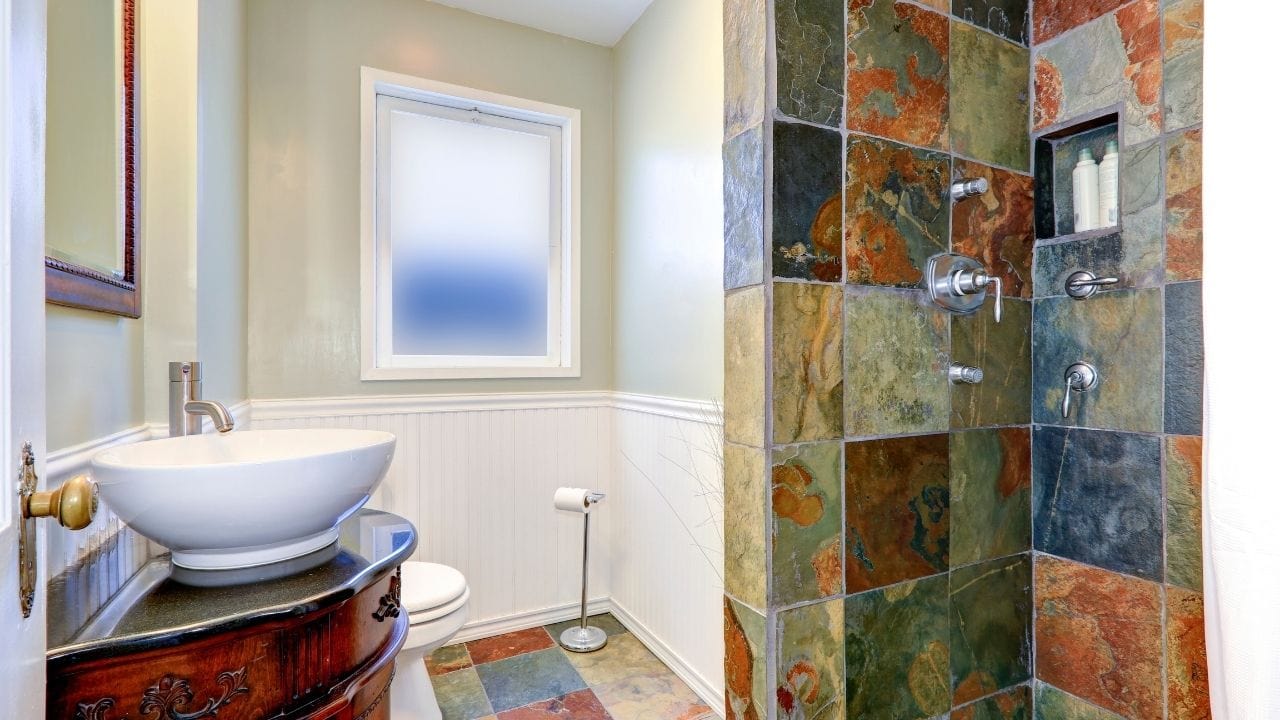
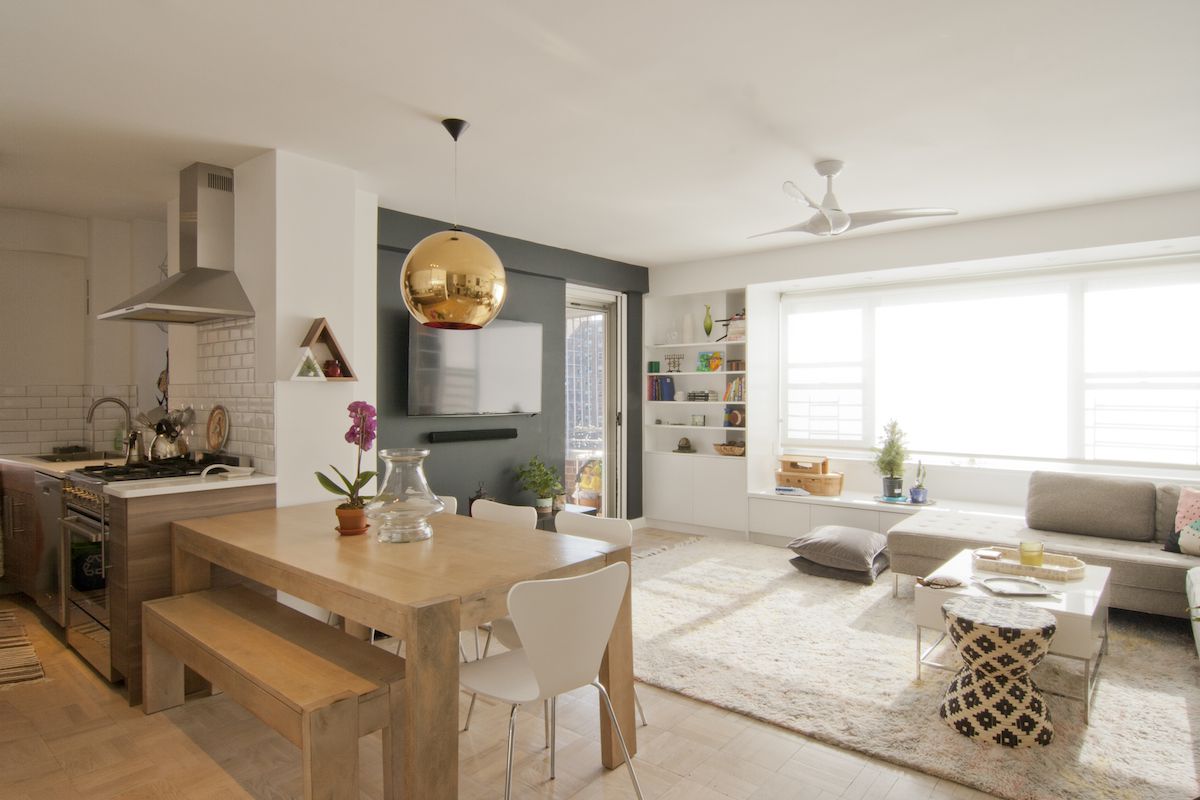
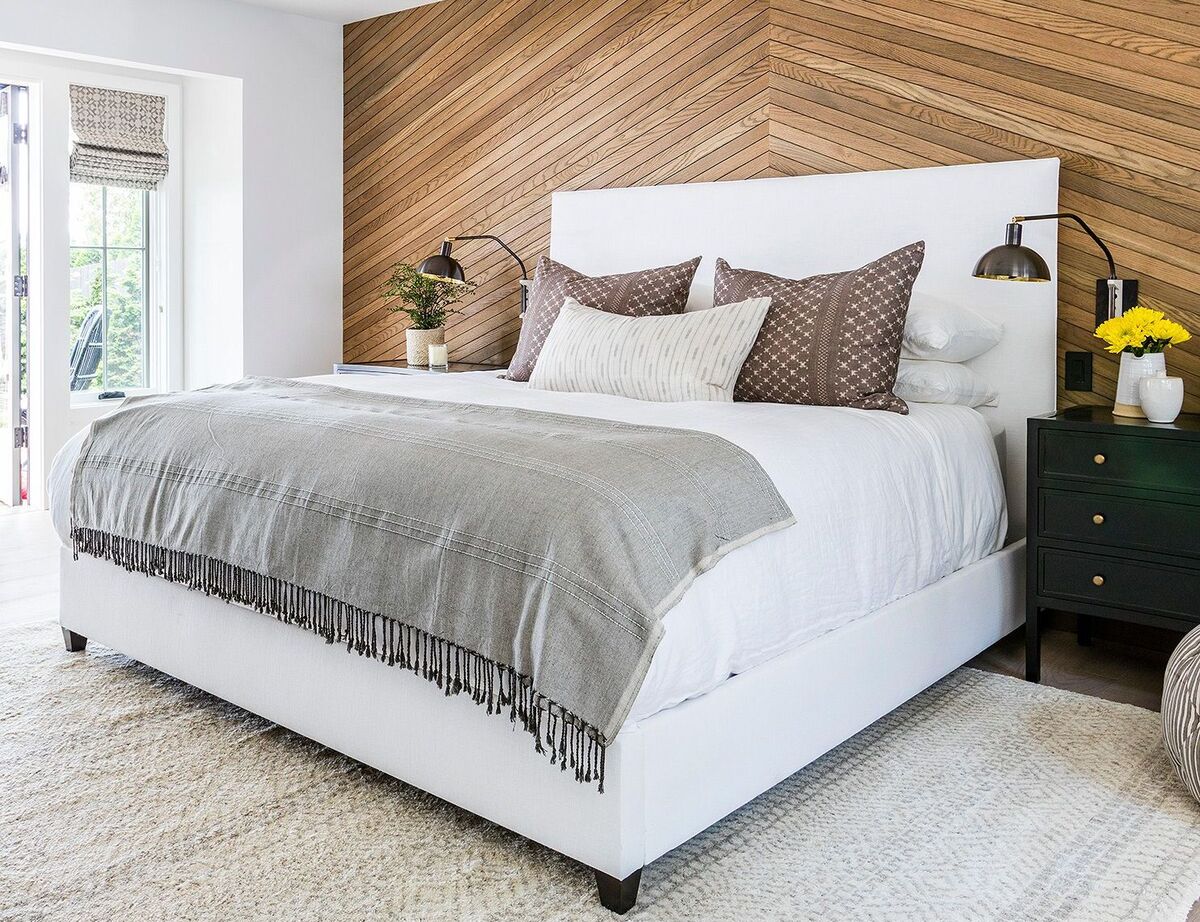
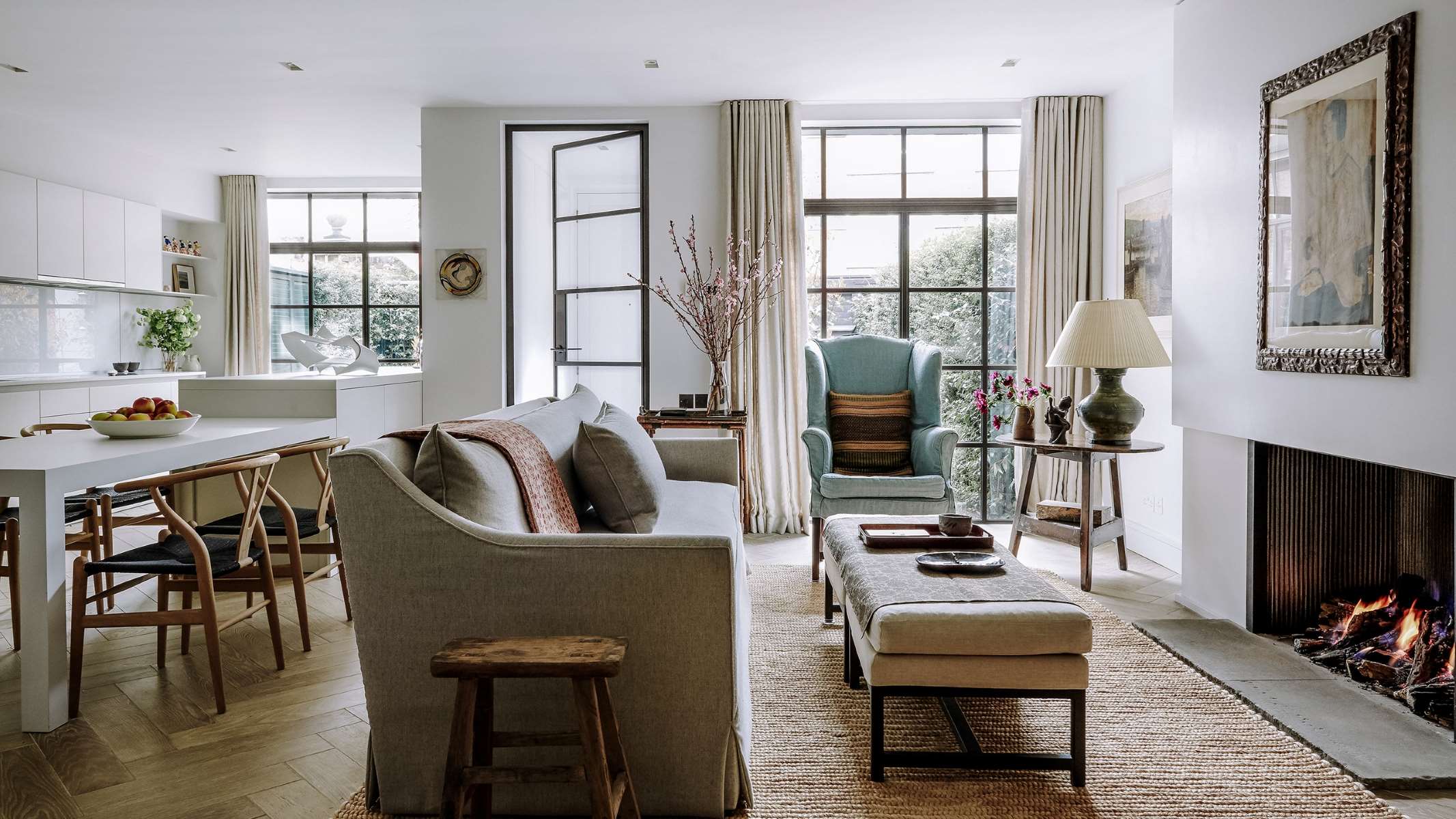
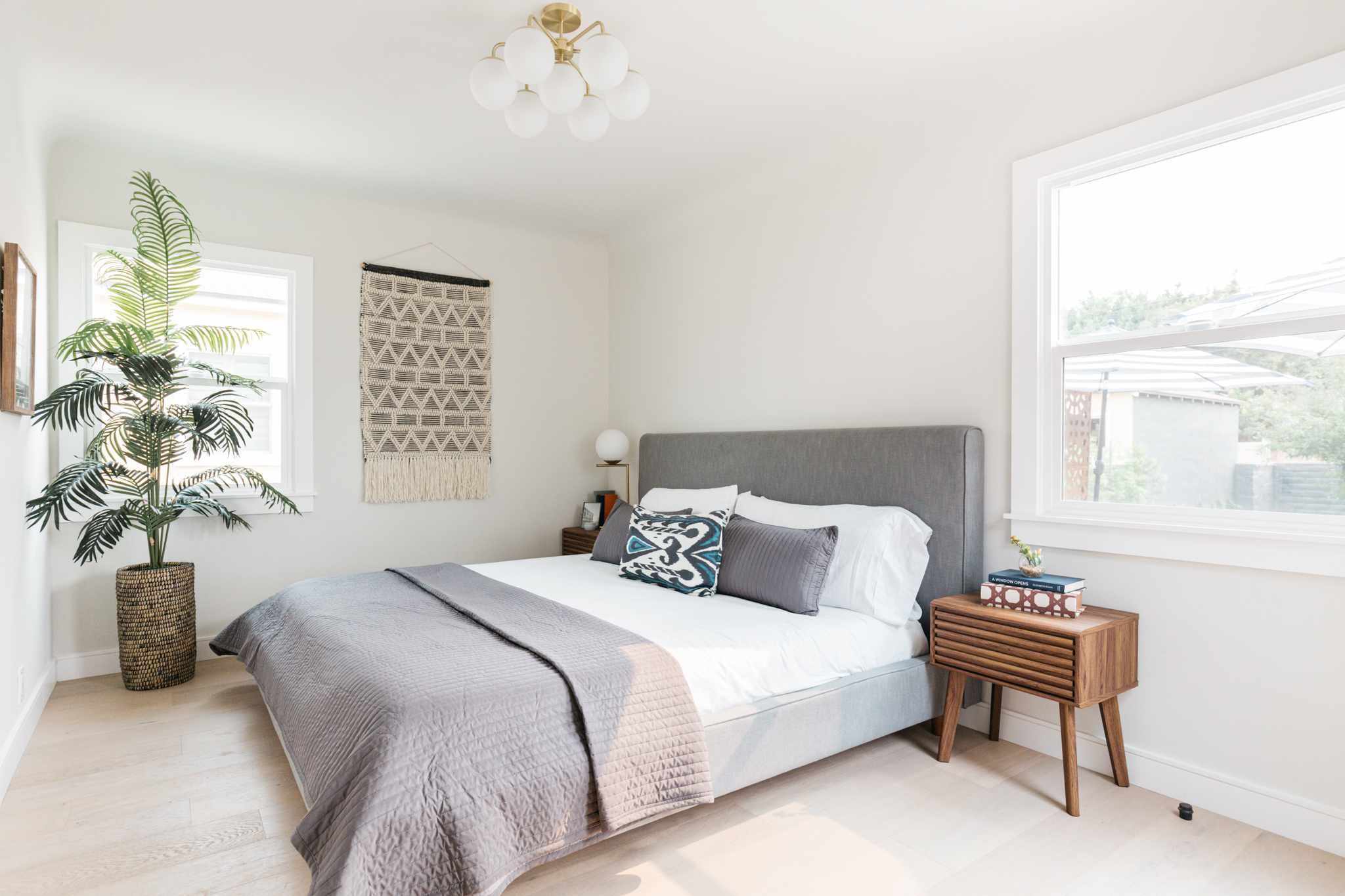
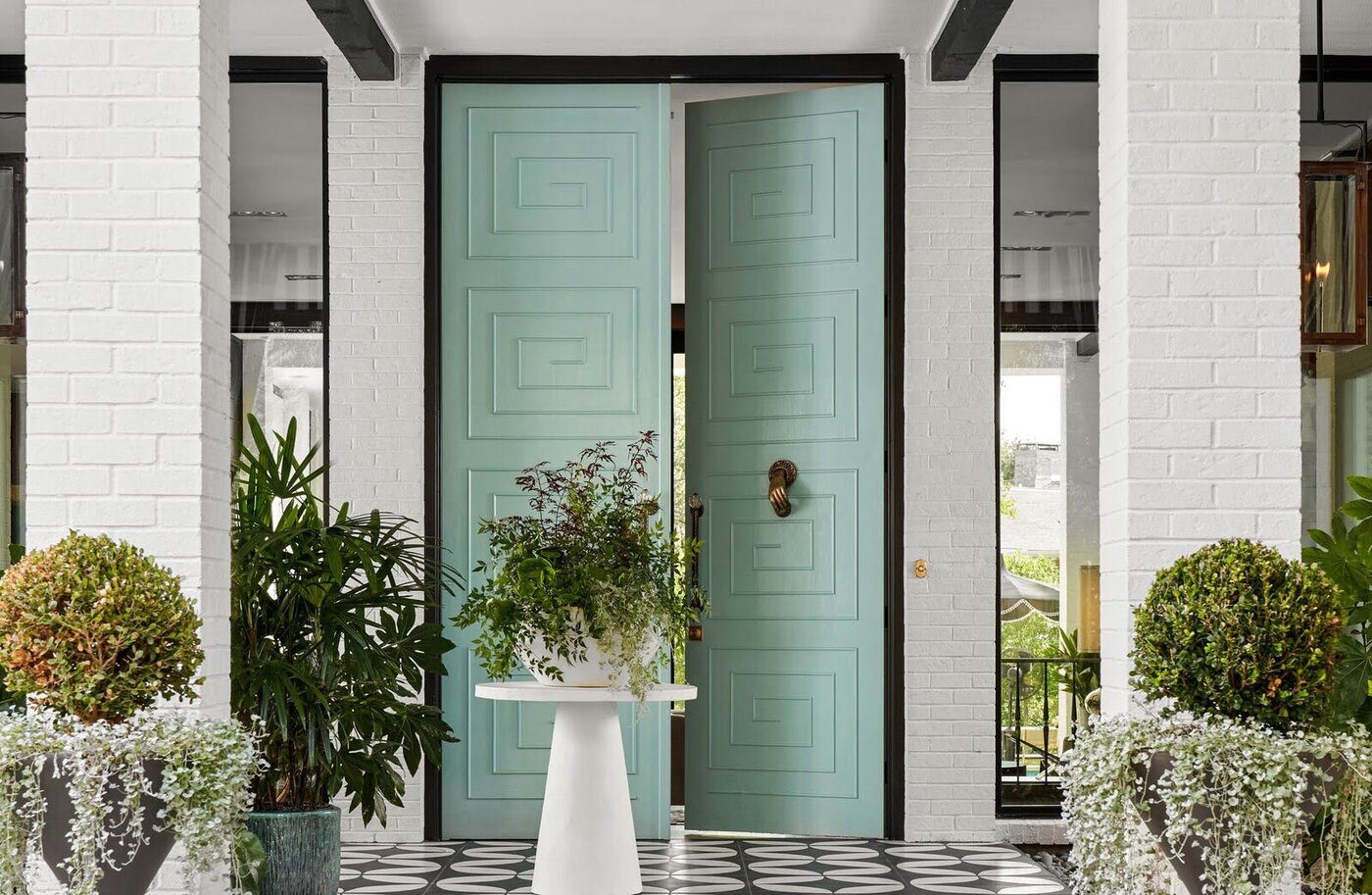
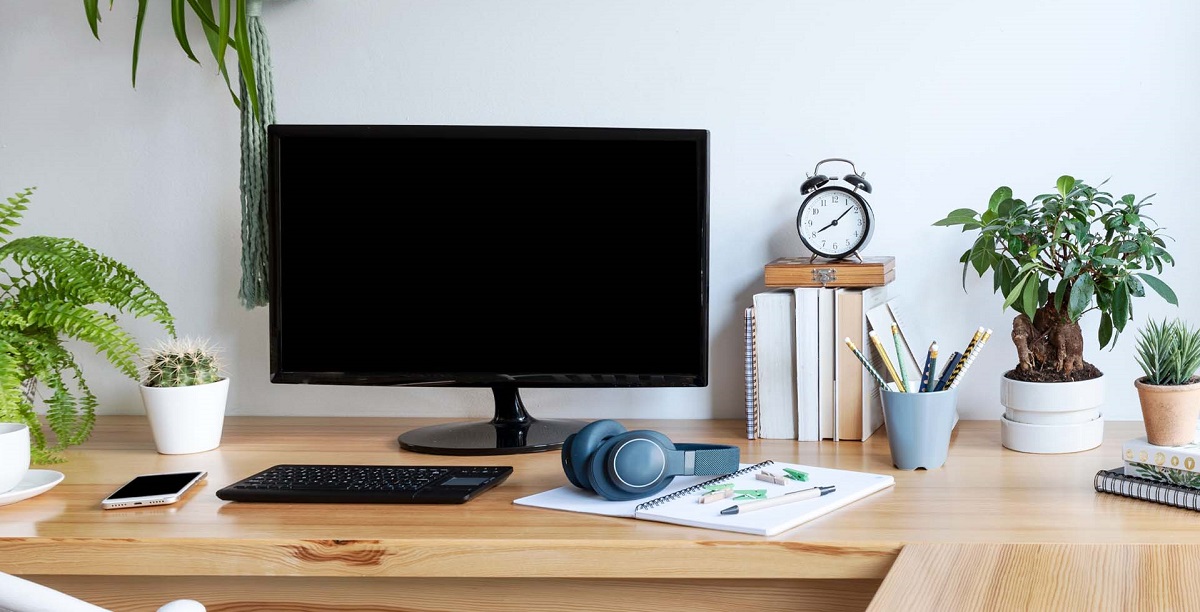
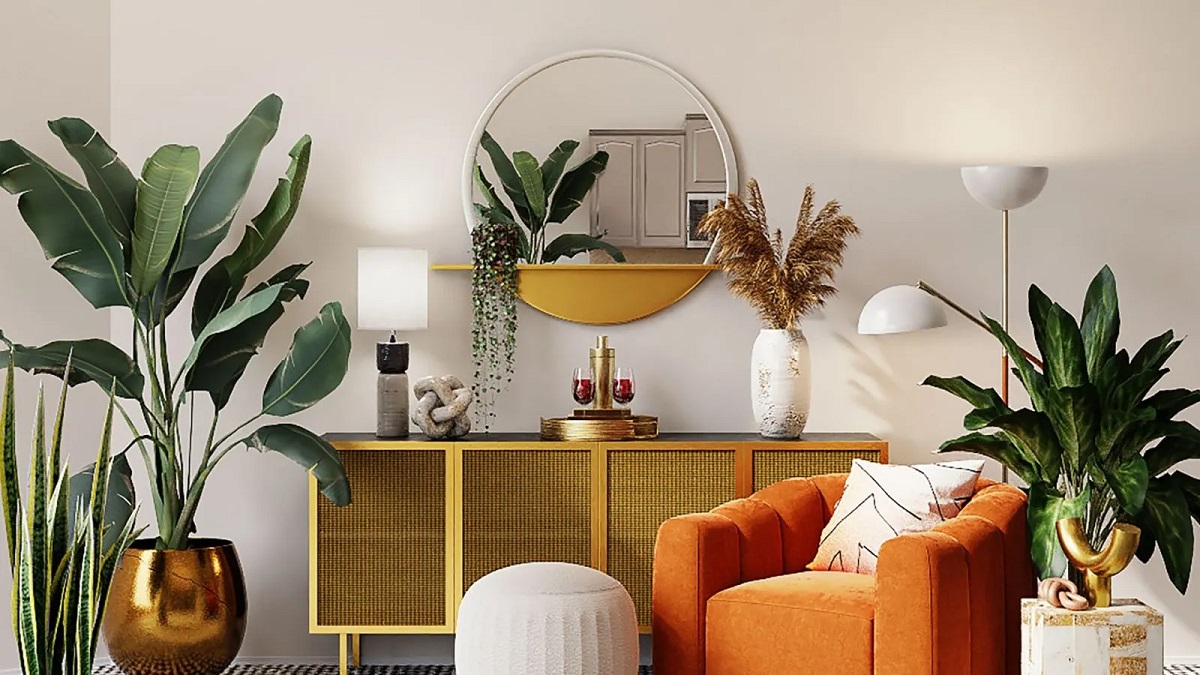
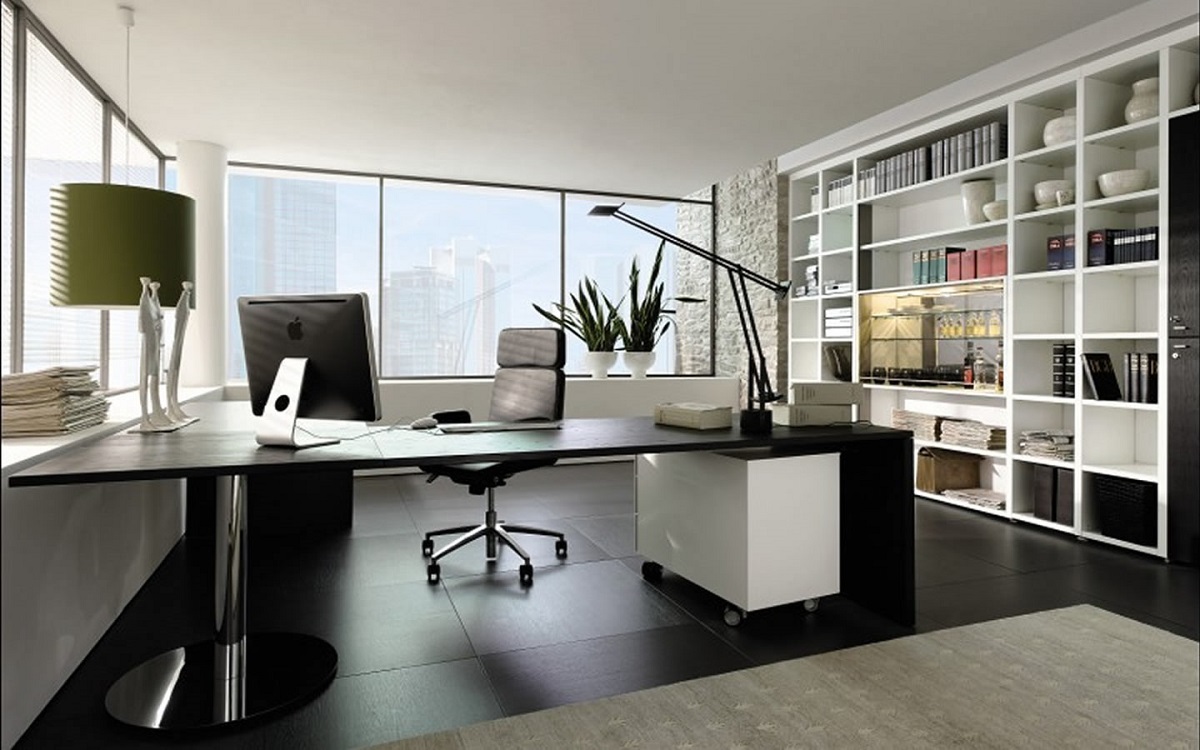
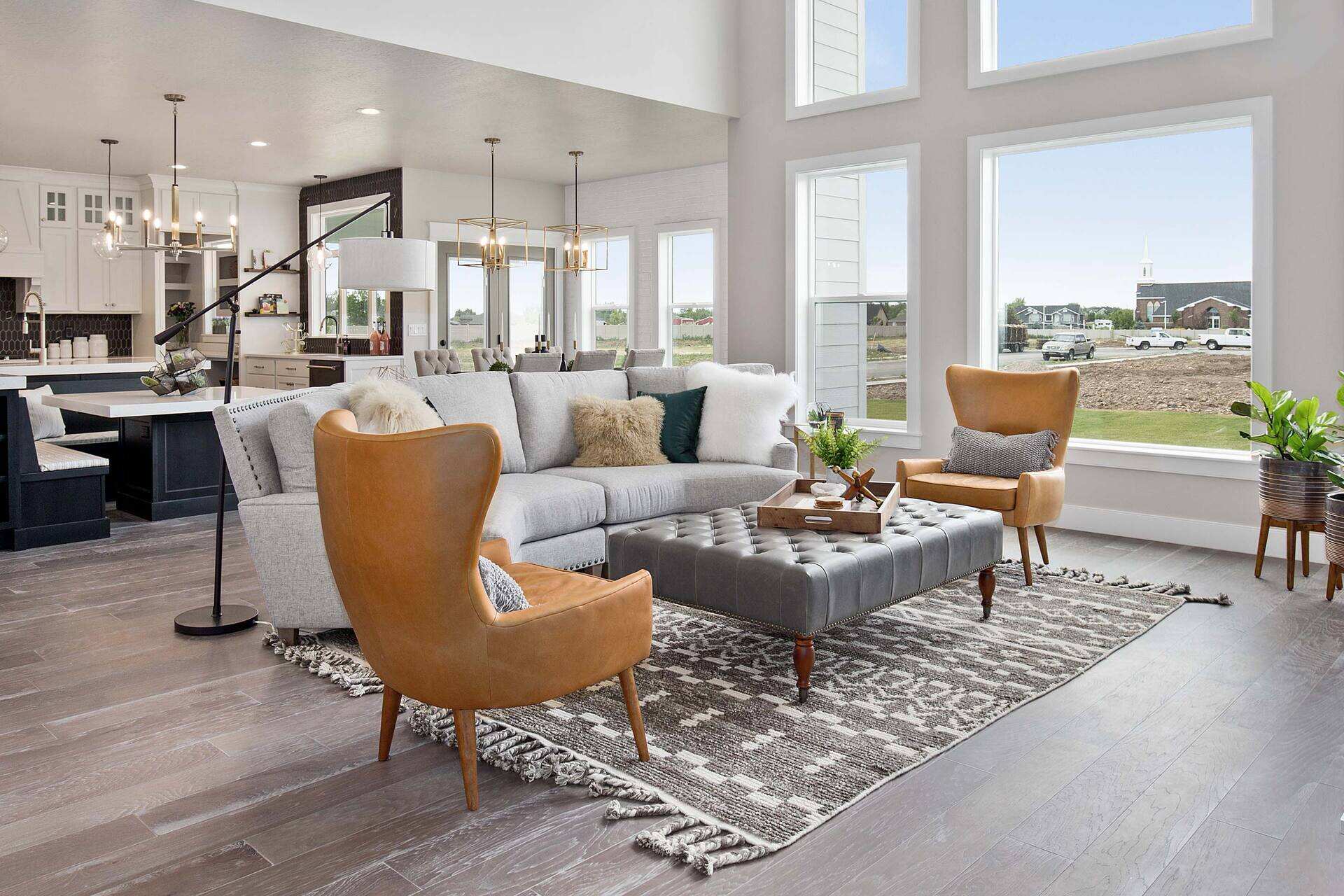
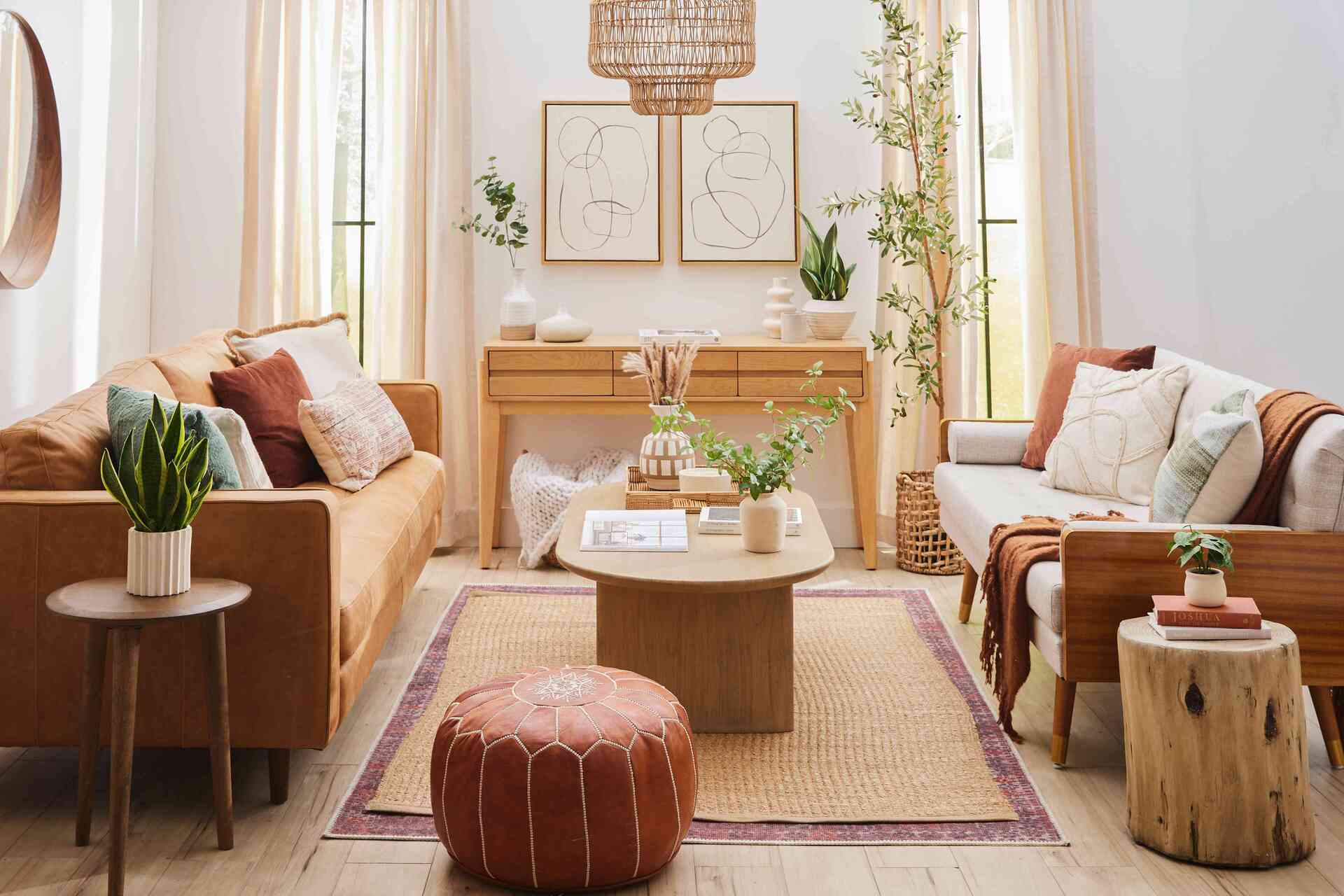
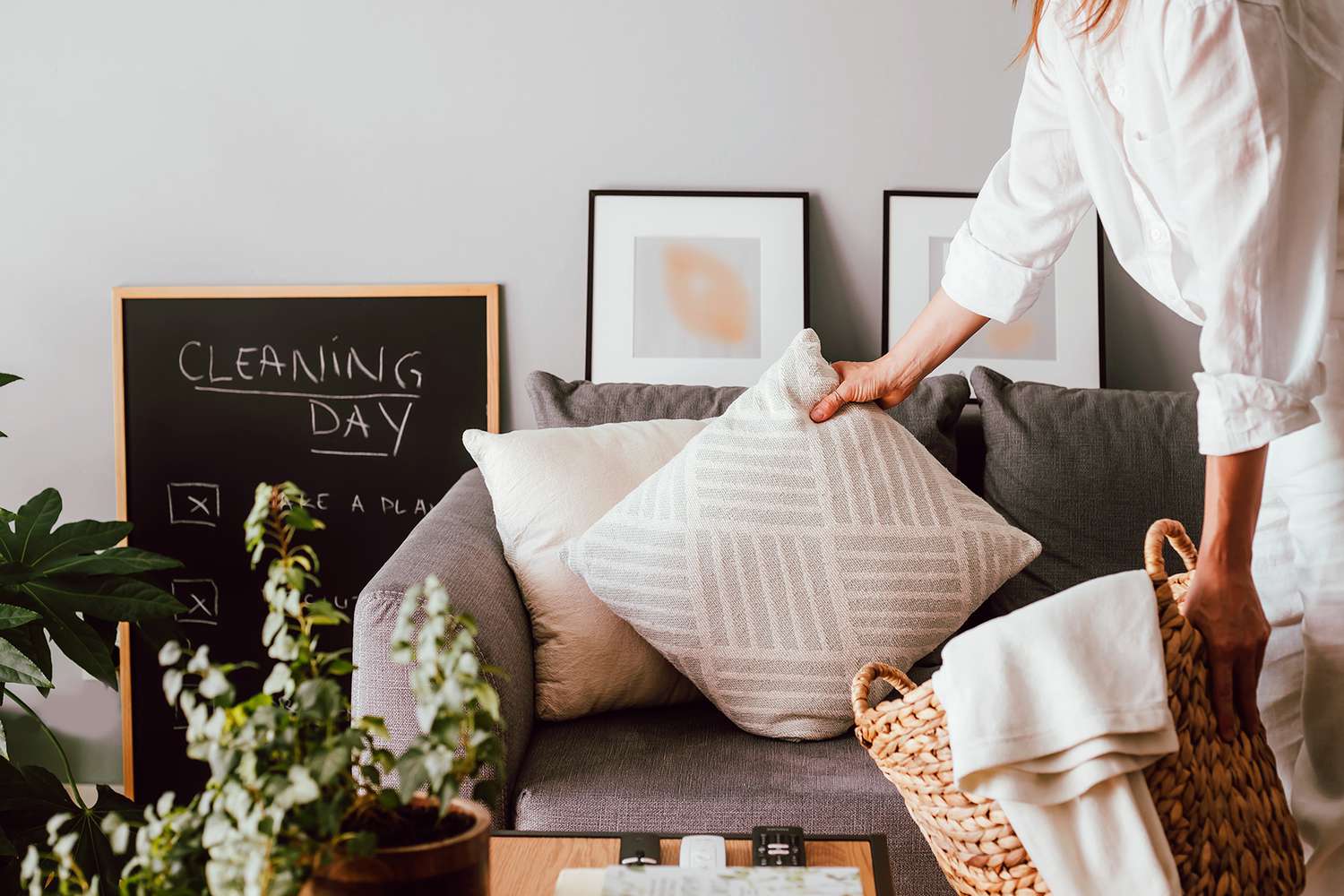

0 thoughts on “How To Feng Shui Your Living Room”